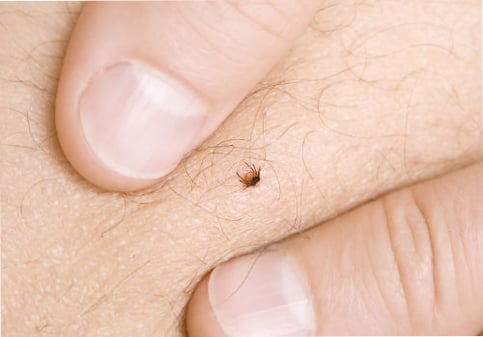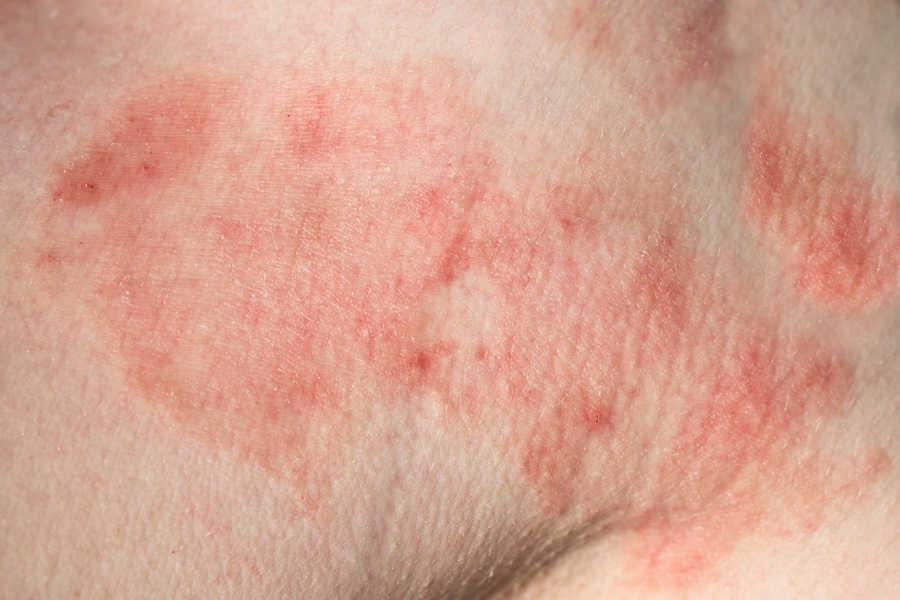Lyme Illness Recognition-- Know the Effects and Stay Protected
Lyme illness stays a significant public wellness issue, particularly in areas where ticks prevail. Early acknowledgment of its signs, such as the particular breakout and flu-like indications, is crucial for reliable intervention. Additionally, understanding the danger factors linked with transmission can inform far better precautionary strategies. As exterior tasks increase, so does the necessity for thorough understanding and protection procedures (Lymecare Alliance). What specific steps can individuals require to secure themselves versus this often-overlooked illness, and how can areas enhance their total action?
Understanding Lyme Illness
Lyme illness, a widespread tick-borne illness, is brought on by the microorganism Borrelia burgdorferi. This illness is largely sent to humans through the bite of infected black-legged ticks, commonly referred to as deer ticks. The geographical circulation of Lyme condition is mainly concentrated in the northeastern, north-central, and Pacific seaside regions of the United States, although situations have actually been reported in various other locations as well.
The life cycle of the tick plays an essential function in the transmission characteristics of Lyme illness. Human exposure to ticks is particularly raised in woody or verdant areas, particularly throughout warmer months when ticks are most active.
Understanding the ecology of Lyme condition is necessary for efficient prevention methods. Recognition of tick habitats and behaviors can considerably minimize the chance of bites. Public education and learning on proper tick elimination methods and the importance of personal safety measures can assist mitigate the danger of contracting this complicated and possibly debilitating illness.
Common Signs And Symptoms to Identify
Acknowledging the common symptoms of Lyme illness is important for very early medical diagnosis and therapy. The first manifestation frequently includes a characteristic skin breakout known as erythema migrans, which looks like a red round spot with a main clearing up, looking like a "bull's- eye." This rash usually creates within 3 to one month after a tick bite and can differ in dimension.
In enhancement to the rash, individuals might experience flu-like signs and symptoms, consisting of high temperature, cools, exhaustion, muscle mass pains, and joint discomfort. These symptoms can be misleading, as they are common to several other health problems. If left unattended, Lyme condition can proceed to much more severe indications, consisting of neurological concerns such as meningitis, facial palsy, or cognitive impairments.
Joint inflammation, particularly in the knees, is another considerable symptom that might emerge in later stages. Some people report boosted tiredness or relentless frustrations. Understanding of these symptoms is important, as very early detection can bring about effective treatment, commonly including anti-biotics. Timely intervention can prevent the development of the illness and reduce the danger of long-term complications. Caution is crucial in recognizing and resolving the symptoms connected with Lyme condition.

Danger Elements and Transmission
Comprehending the risk factors and settings of transmission connected with Lyme condition is vital for efficient prevention. Lyme disease is primarily transferred via the bite of contaminated black-legged ticks, typically understood as deer ticks. These ticks thrive in woody, verdant, and brushy areas, making outdoor activities in such settings a significant risk variable for transmission.
People who engage in exterior entertainment tasks such as hiking, gardening, or camping are most likely to run into these ticks. Furthermore, staying in or visiting areas where Lyme illness is native, including components of the northeastern, north-central, and Pacific coastal areas of the United States, increases direct exposure threat. Certain line of work, such as forestry, farming, and landscape design, likewise pose increased dangers due to long term outside exposure.
In addition, the life process of the tick, which needs details ecological problems, influences transmission characteristics. Elements such as environment modification, which affects tick populaces and habitats, can additionally worsen threat. Recognizing these variables is essential for people to acknowledge their prospective direct exposure and take essential safety measures to decrease their threat of having Lyme illness.
Efficient Avoidance Techniques
Routinely implementing effective prevention methods is essential for reducing the risk of Lyme disease. The first line of protection is to stay clear of areas understood for high tick populations, particularly wooded and grassy settings. When exterior tasks are unavoidable, wearing safety clothes is crucial. Lengthy sleeves, long pants, and securely woven materials can assist lessen skin direct exposure. In addition, light clothes makes it much easier to spot ticks.

Maintaining a tick-safe atmosphere around homes is equally essential. This includes maintaining yards cut, removing high grasses and brush, and producing an obstacle of wood chips or crushed rock between go right here grass and woody areas. Informing household and good friends concerning these avoidance approaches promotes community understanding and watchfulness, additional reducing the chance of Lyme condition transmission. By adopting these actions, people can effectively safeguard themselves from the dangers connected with Lyme illness.
Relevance of Very Early Discovery
Very early discovery of Lyme disease substantially influences treatment outcomes and can protect against the development of the health problem. The early stages of Lyme this content condition are commonly marked by flu-like symptoms, including high temperature, tiredness, and the particular erythema migrans rash.
On the other hand, postponed diagnosis can bring about extra extreme indications of the disease, consisting of cardiac and neurological difficulties, which can be more testing to deal with and may cause long term health and wellness issues. Late-stage Lyme disease may require extensive antibiotic therapy and can lead to persistent signs and symptoms, dramatically affecting lifestyle.
In general, increasing recognition around the early signs of Lyme disease is essential for reliable management and prevention of even more significant health and wellness consequences. Early intervention is not only useful for the individual but additionally essential in lowering the total problem of Lyme condition in the neighborhood.
Verdict
In recap, enhancing awareness of Lyme Illness is vital for promoting very early discovery and effective prevention. Identifying usual symptoms, such as the characteristic "bull's- eye" breakout and flu-like indications, can facilitate timely clinical treatment. Comprehending danger factors and applying preventative procedures, including safety garments and regular tick checks, is Recommended Reading vital for reducing the likelihood of transmission. Inevitably, a cumulative initiative to stay informed and vigilant against Lyme Disease can improve community health and reduce the effect of this potentially major health problem.
Lyme illness continues to be a significant public health worry, especially in areas where ticks are widespread.The life cycle of the tick plays an essential duty in the transmission characteristics of Lyme condition.Understanding the danger elements and modes of transmission associated with Lyme disease is essential for efficient avoidance. Lyme disease is largely sent with the bite of contaminated black-legged ticks, typically recognized as deer ticks. Comprehending these variables is important for individuals to identify their potential exposure and take essential precautions to lessen their threat of contracting Lyme condition.